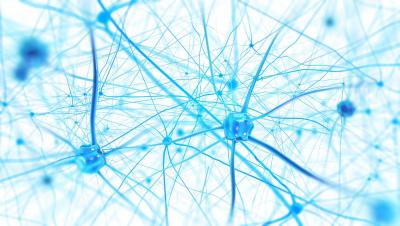Neuroscience looks at ways the brain is activated and engaged with impulsivity, sensation-seeking and substance abuse. The links have long been obvious but it is not clear whether subtle changes in the individual’s neuroanatomy are a cause or effect of substance abuse. Review the findings of a recent study which takes a glimpse at the neuroscience of impulse.
Impulsivity
Every individual has impulsivity as part of the personality on various points on a scale. Some people consistently act on a whim, whereas others make decisions after in depth consideration. Impulsivity is often connected to a predisposition for drug or alcohol abuse. Studies have shown adolescents who experiment with recreational drugs are more likely to have lower levels of self-control. Scientists have noted also the subtle neuroanatomical changes in the brains of individuals who have been addicted to drugs. A genetic component is also present in some individuals with impulsivity, sensation-seeking behavior which link it to substance abuse.
Cause-and-Effect
There are many challenges when it comes to understanding behavior, genetics and neuroanatomy. It may be difficult to tease apart whether the chicken came first or the egg: did the difference in brain structure cause recreational drug use or did recreational drug use change the brain structure. Drug abuse is known to affect brain anatomy over time but working out how much of the change occurred since abuse took hold requires having access to comprehensive brain scans taken prior to addiction starting.
A recent study, carried out through a joint effort between Yale University in Connecticut, Harvard University in Massachusetts and the Massachusetts General Hospital looks at more layers of the theory. The team investigated the neuroanatomy of 1,234 males and females with no history of substance dependence or psychiatric disorders. Participants filled out questionnaires assessing personality traits with particular interest in sensation-seeking and impulsivity. Questions looked at individual desires for intense or novel experiences, along with alcohol, caffeine or tobacco use. Each individual received an MRI scan to chart aspects of the neuroanatomy.
The Brain Difference
Results from the scans, published in The Journal of Neuroscience, demonstrated individuals with a naturally impulsive character to be more likely to have a thinner cortex (decreased gray matter) in brain regions associated with decision-making and self control. Changes were most marked in two areas of the brain considered important in regulation of emotion and behavior: the middle frontal gyrus and anterior cingulate. The latter of the two regions played a role in decision-making, empathy and impulse control. Changes to the brain also correlated well with the individual’s self-reported tendency to act on impulse and also went hand-in-hand with an increase in alcohol, caffeine and tobacco use.
The key benefit of this particular study noted individuals involved were healthy and not addicted substance users. Differences in brain anatomy are not a consequence of abuse or mental illness.
The Villa provides information and resources to individuals and families battling addiction and substance abuse. Call us to find out how we can help guide you on the road to recovery from addiction.

